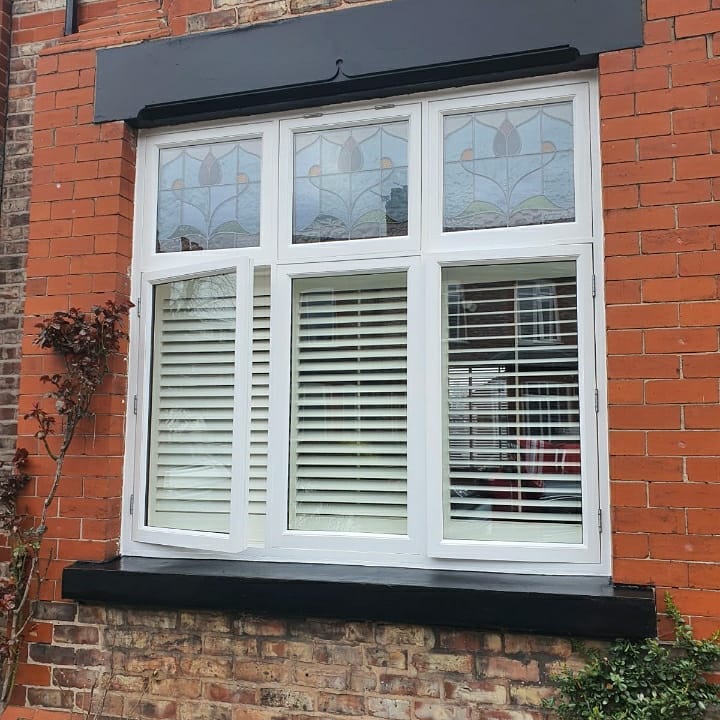Casement Window

A casement window is connected to a frame by one or more hinges and either a manual or automatic mechanism that cranks the window outward, away from the house.
History of Casement Windows
Casement windows first appeared in the UK during the Georgian era towards the end of the 1700’s and were the most popular type of window before sash windows overtook it in the 1800’s. The frames were made of iron which was crafted by blacksmiths.
Benefit of Using Casement Windows
Improved Ventilation
No other type of replacement window provides as large a ventilation opening as a casement window.
Casement windows can also catch side breezes because their open sash acts as a flap to funnel fresh air into your living space.
Improved Views
Casement windows have fewer muntins (strips of wood, vinyl, metal, or fibreglass that divide glass panes) than other types of windows.
This results in a broader, clearer view of your landscape, creating a seamless connection between the outdoors and your interior.
Countless Design Variations
Finding window styles that complement your home’s architectural style is one of the challenges of window replacement.
Casement windows eliminate such concerns because they are available in a variety of styles, including French, pushout, and Colonial grill, to name a few.
Superior Security
Casement windows have hook-shaped casement locks embedded within their frames, adding an extra layer of security to homes.
Disadvatanges of Using Casement Windows
Frame choice is limited
As casement windows open outwards, you should choose a frame that can support their overall weight.
Regrettably, it is a limiting feature, and you must be aware of the dimensions and weight of the window you can use.
Sunlight reflection
During certain times of the day, the window panes can reflect sunlight directly into the house.
The angle of the opened sashes is the reason for this.
Casement windows may not be a good choice if your home faces in the West or East direction.
Frames are exposed to the elements
One way to combat the harshest elements is to make sure that you quickly close the sash when it rains or snows. Even mild weather will slowly deteriorate the seals and the frame of the window.
There are a lot of mechanical parts that can break.
To help open and close the sash, most casement windows have a crank or other type of mechanical device.
Casement windows frequently develop problems with this crank: handles break, gears become rusted, or break.
You may also encounter some maintenance issues with the sliding arm and track.
When they become clogged with dirt and lubricant, it will be difficult to open and close your window.
Not compatible with other window apparatus
Like casements open, they cannot be combined with screens or storm windows.
Furthermore, standard window air conditioners will not fit this type of window.
Fly screens must be installed inside
As casement windows open outward, insect screens must be installed on the inside.
That arrangement can be inconvenient, especially if you have small children.
.

Rapid Emergency Glass Replacement are the glass replacement specialists in Sydney for windows, doors & shopfronts
